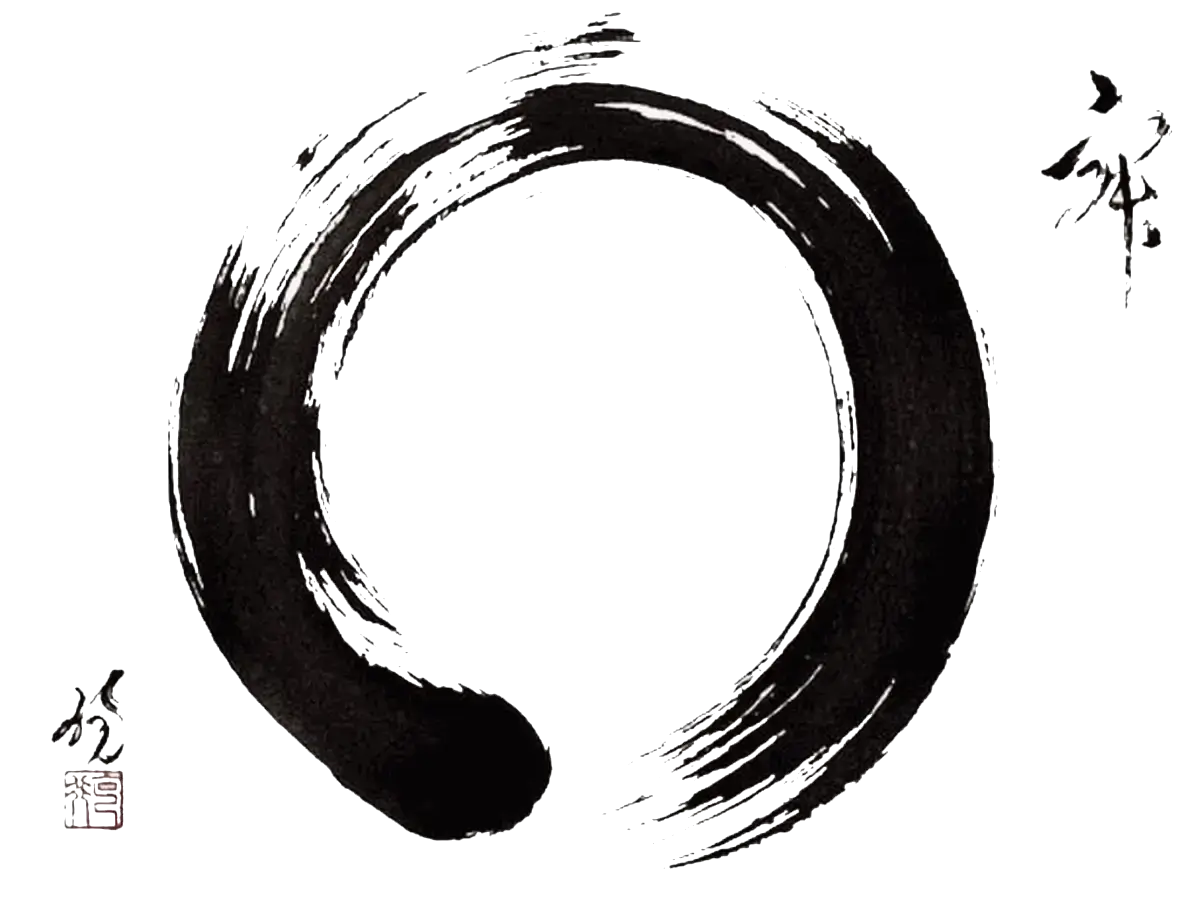laws of form
drawing the line

Reading time...
Before we speak, we distinguish. And before we distinguish, we draw a line. A mark. A form. That's what G. Spencer Brown quietly proposes in his compact, cryptic, and in some circles legendary work: Laws of Form.
The book begins with a whisper that undoes the universe:
“We take as given the idea of distinction and the idea of indication, and that the two are inseparable.”
This is not a book about logic as we know it. It is about the gesture of drawing a boundary — the first move in consciousness, the first separation that gives rise to "this" and "that". The very fabric of experience is stitched together by distinctions — not things. Before "a tree", there must be a not-tree. And before identity, a gesture of exclusion.
Alan Watts, who found in Brown's work a deep resonance with Taoist insight, remarked:
“The Laws of Form reveals that logic is not dry and analytic, but something poetic, alive, and fundamentally mysterious.”
We are not reading logic, we are watching logic awaken to itself. Brown calls us not to observe the world, but to observe observation. The observer is not outside the system. There is no outside.
The book introduces a minimal notation — a single mark — that can represent the binary pulse of logic. But the real beauty is how it loops back onto itself. Self-reference, re-entry, recursion: the same themes we meet in consciousness, in paradox, in meditation.
Douglas Hofstadter, decades later, echoed this in his own playful language. But Brown's form is starker, more elemental. Closer to Zen.
Watts again:
“All that we see is a construct of distinctions. But the Tao is that which has no name, no distinction. The world arises in the dance between the mark and the unmarked space.”
In this way, the Laws of Form is a mirror: it doesn't explain the world, it reflects how we carve it up. It's not about solving problems, but about seeing that the problems begin with the lines we draw.
And perhaps there is a joy, and a freedom, in the realization that we are not the contents of the form, but the space from which the form arises. That the mark is not a prison, but a play.